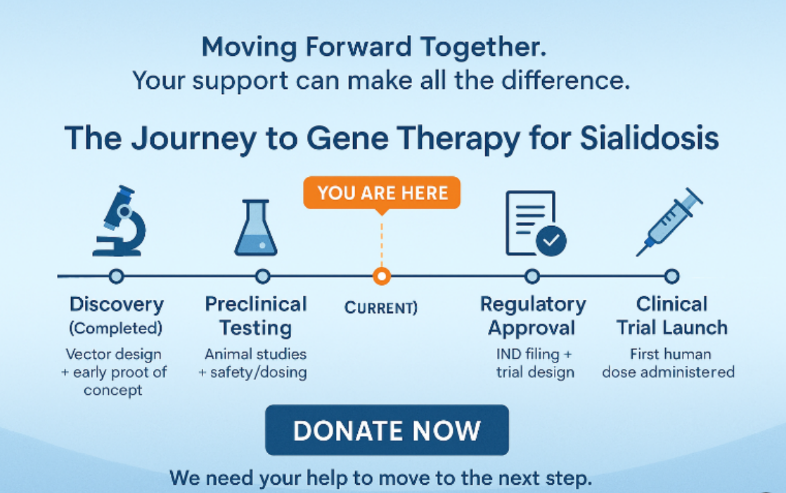Help Us Bring Gene Therapy to Karima — and Others Living with Sialidosis
Who is Karima?
My Journey With Sialidosis
My name is Karima. I am a daughter, a sister, and someone who loves life. I am an extrovert at heart and will try almost anything at least once. This website is my story, but it is also an invitation. I cannot do this alone, but I believe that together, we can bring hope closer to reality. I was just four years old when I was diagnosed with Sialidosis at Children’s Hospital, Los Angeles. At first, it showed up in small ways – I had trouble with fine motor skills, like putting a key in a lock. Over time, it became harder to walk, I lost much of my vision, and I began having seizures. My family has taken me to countless doctors and specialists in search of help. Some gave us hope that did not last, but I have kept going, with a smile whenever I can.
Sialidosis is a rare genetic disease where my cells cannot properly break down certain sugars (containing sialic acid) because of a missing enzyme. It is not about food digestion in the stomach but about what happens inside the cells after nutrients are absorbed.
When I was diagnosed, my family tried limiting foods that are naturally high in sialic acid, such as dairy and some animal products, hoping it might help. That meant no cheese, pizza, burgers, or hot dogs—a tough adjustment for a growing child. Thankfully, plant-based foods have become more available, and I have learned to create meals that reflect both my Indian and American roots. I even built a recipe website filled with vegan dishes that bring flavor and comfort to me and my family
Education has been one of my biggest milestones. I proudly graduated high school in a wheelchair, with my sister Safiah pushing me across the stage. Now I am studying online because I want to work in Human Resources, especially to support people with special needs. After my Undergraduate degree, I would want to work towards a Master’s degree also. I feel I have the right perspective to help others because I know what it means to face challenges every single day.
I will not lie — I am nervous about the future. Sialidosis is rare and cruel, and right now there is no cure. But for the first time, there is real hope in gene therapy. The possibility that my symptoms could be reduced, even a little, is something I dream about all the time. I want to be here when the treatment begins. I want to see what life feels like when the disease is not holding me back.
Every step we take toward gene therapy is a step toward giving me, and others like me, the chance to live fuller and brighter lives. I dream of a future where my symptoms no longer define me, where I can focus on helping others and pursuing my passions. With your support, that future can be possible — not just for me, but for every family fighting Sialidosis.
What is Sialidosis?
A Rare Genetic Disorder With Life-Changing Impact
To understand it more simply, think of each cell as a small factory. Inside that factory, the lysosome acts like the recycling unit, breaking down old or used materials so they can be reused or safely cleared away. In Sialidosis, the recycling unit is broken. The materials pile up and cannot be cleared. Over time, that buildup interferes with how the cell works, particularly in the brain and nerves, which is why symptoms often include problems with movement, vision, and speech.
What Happens in the Body?
Symptoms & Impact
Sialidosis can affect everyone.. The symptoms usually become more severe as time goes on, making everyday life more challenging. Some of the most common effects include:
Vision problems – often beginning with blurred vision and sometimes including a distinctive “cherry-red spot” on the retina.
Seizures – which may occur continuously or in unpredictable episodes, disrupting daily life.
Hearing loss – gradual or sudden, making communication even harder.
Difficulty with movement and speech – walking, balance, and clear speaking often become harder as muscles weaken.
Facial twitching or involuntary movements – sudden jerks or spasms that the person cannot control.
Shortened life expectancy – the disease is progressive, and without a treatment, it can significantly limit lifespan.
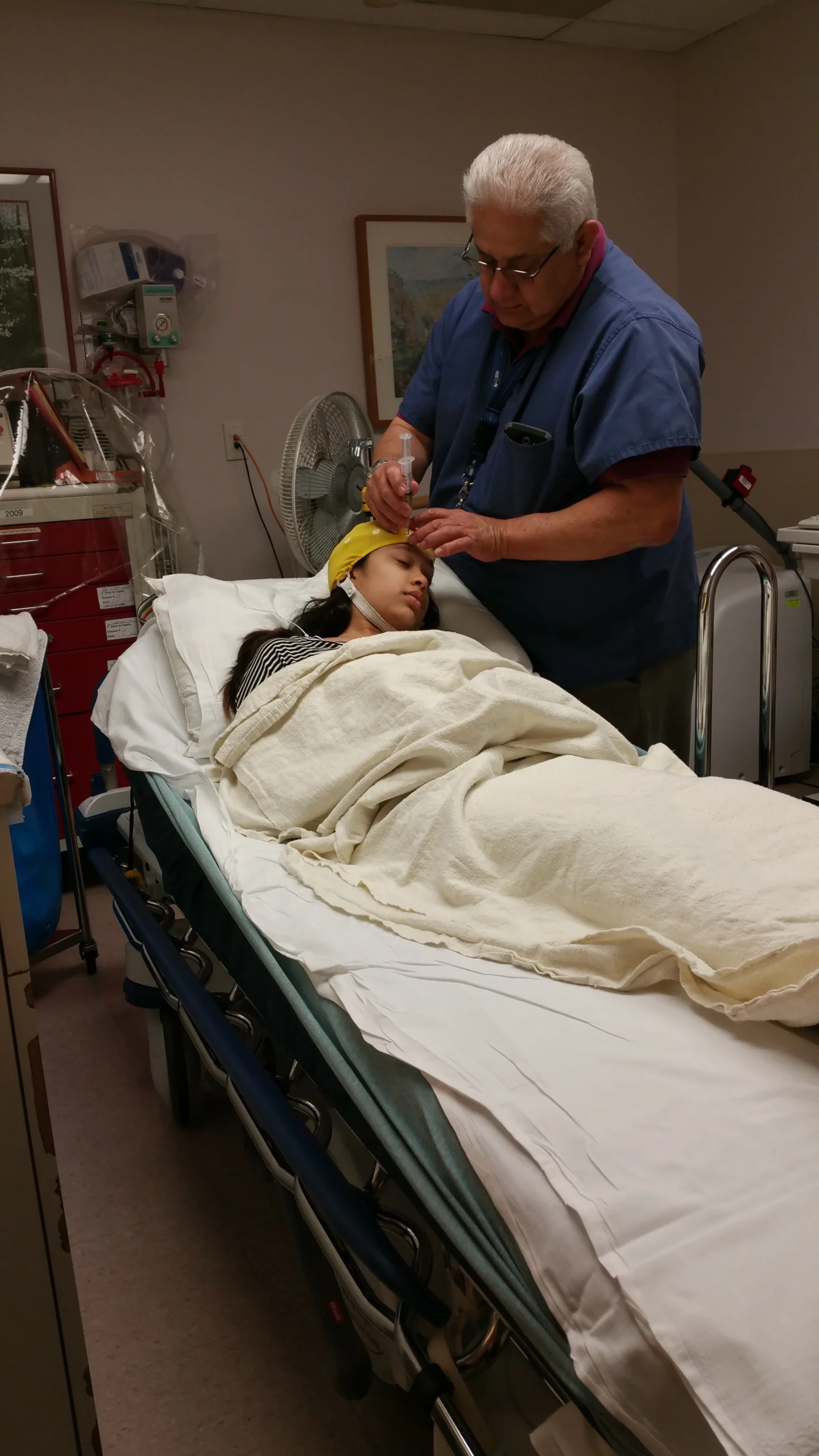
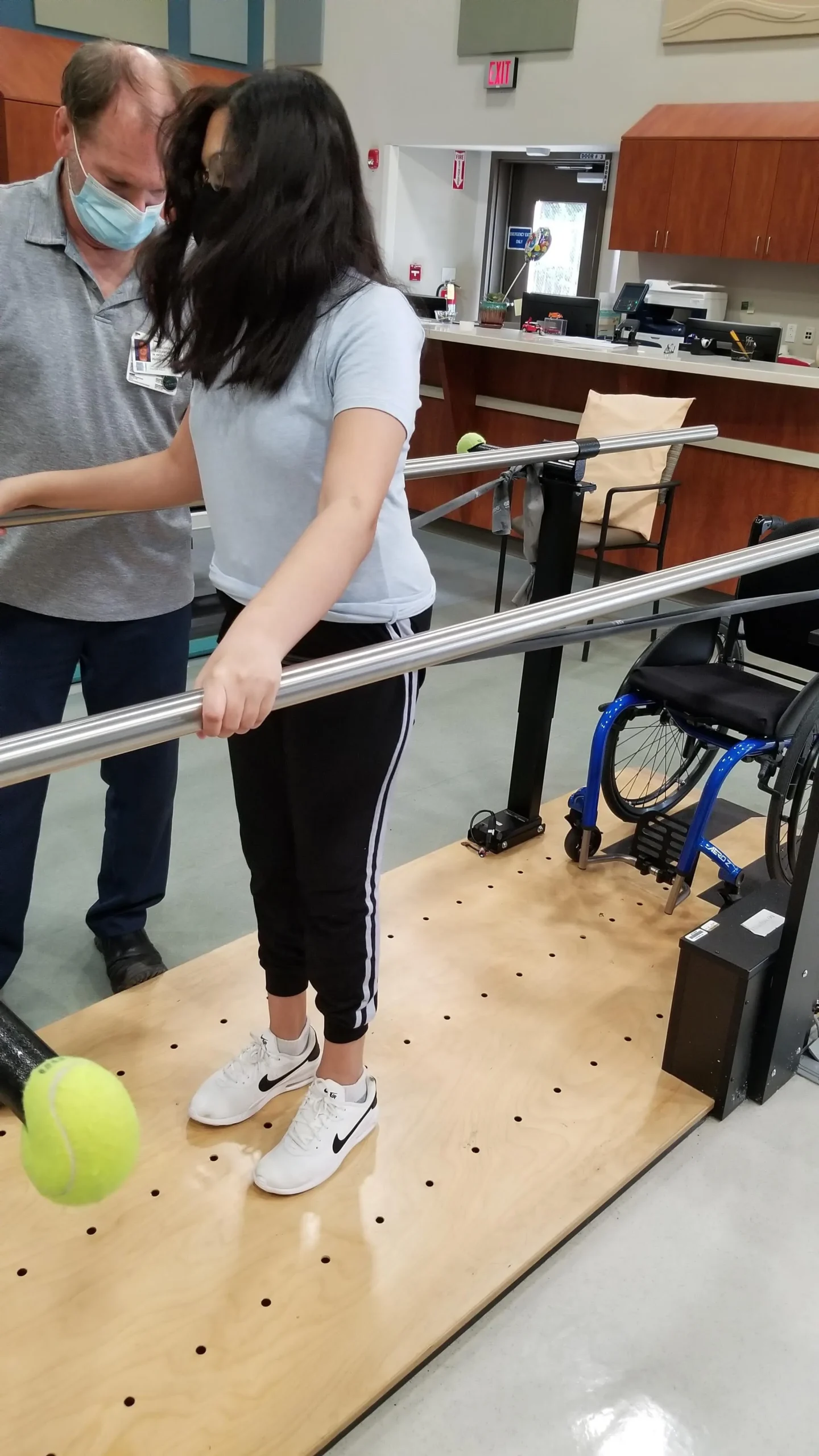
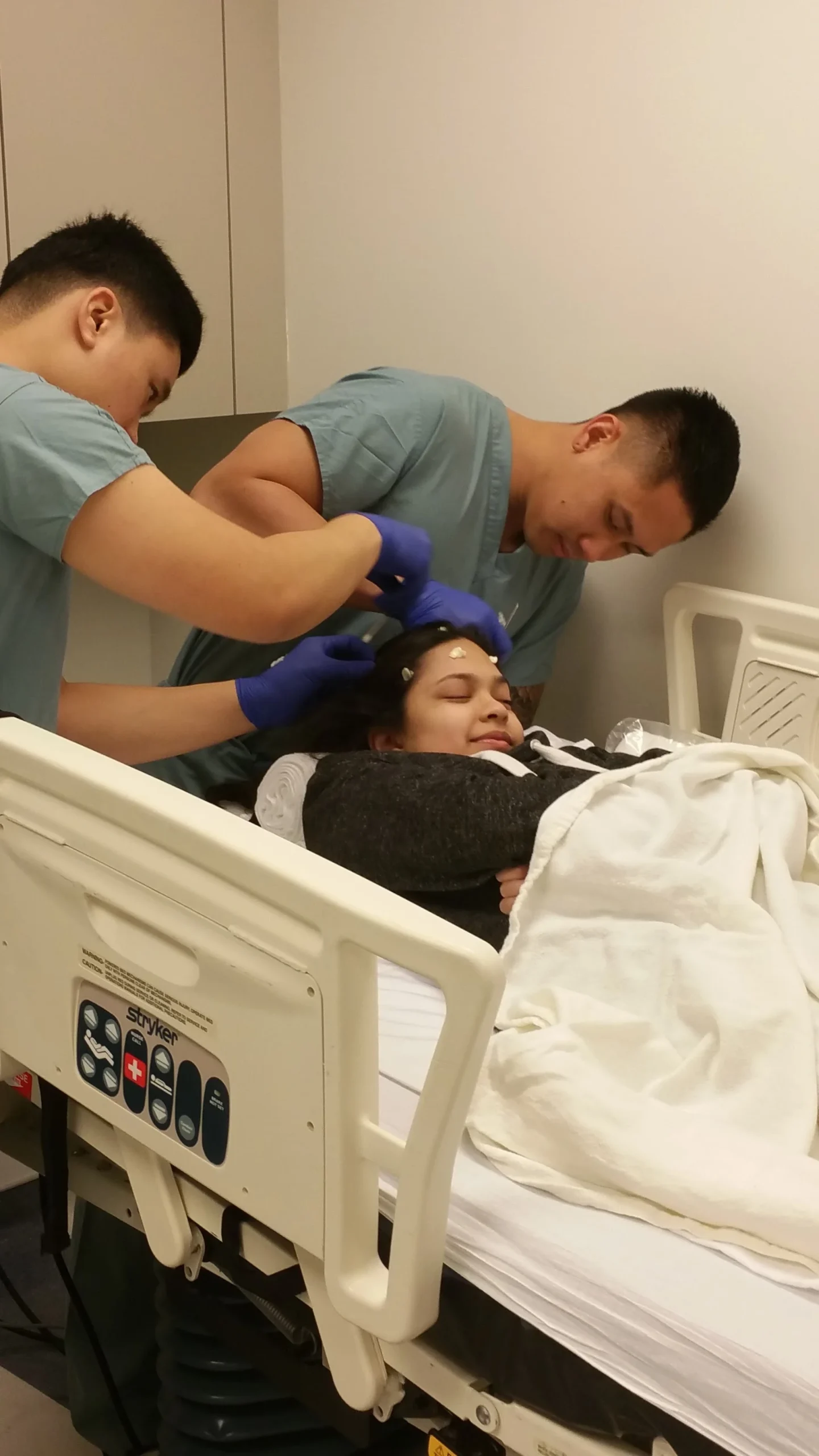
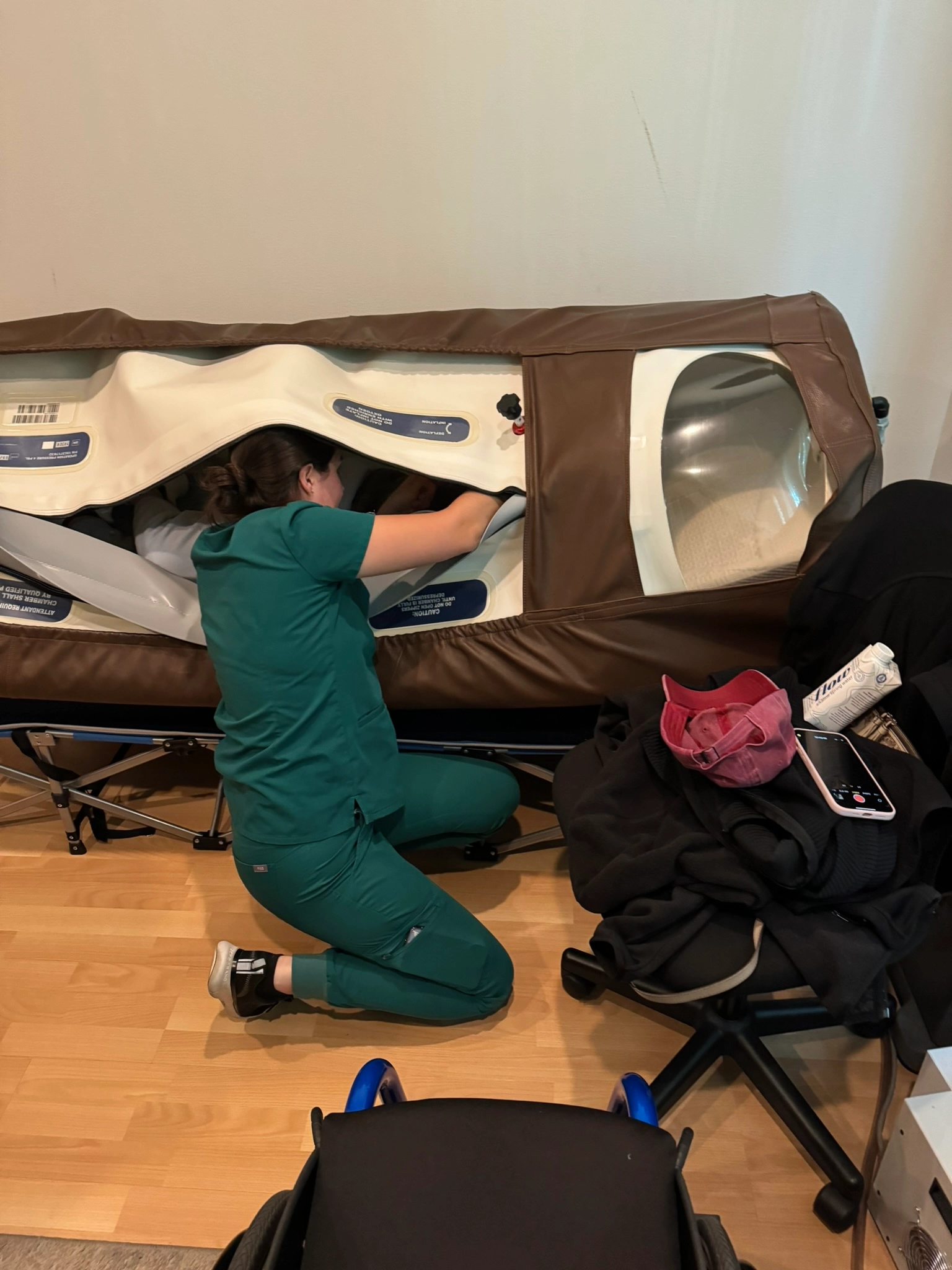
Beyond the Medical Terms
The impact of Sialidosis is more than a list of symptoms. It means a teenager might lose the ability to walk to class with friends, or a young adult may need help with tasks as simple as eating or turning a key in a door. It means families must adapt their lives around doctor visits, therapies, and caregiving. And it means living with the constant knowledge that the disease will progress unless a treatment is found.
This is why research into gene therapy is so urgent — it offers the chance to change what Sialidosis means for the next generation
Why Current Treatments Fall Short
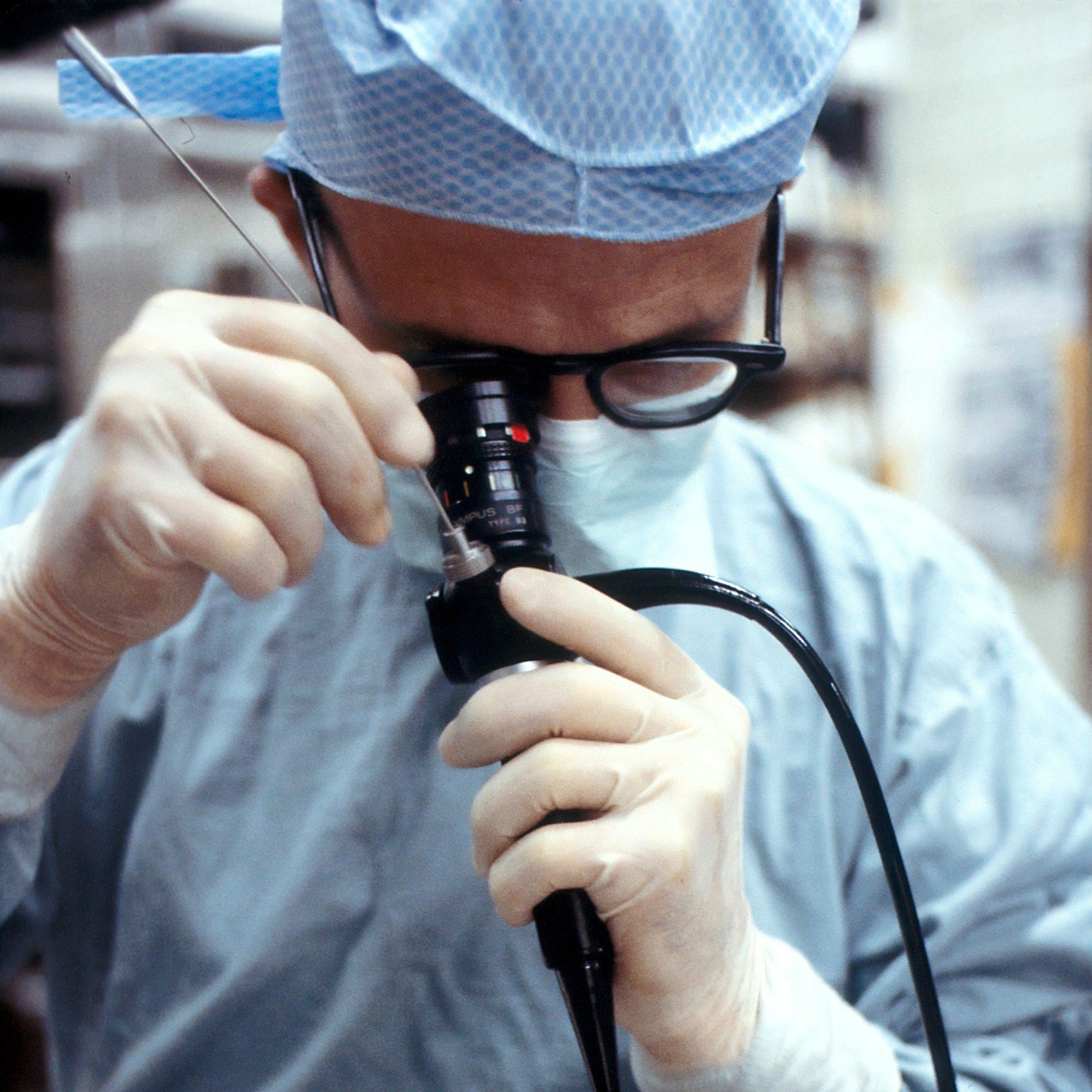
Why Gene Therapy Offers Hope
Gene therapy is the most promising approach to fix the root cause — the faulty NEU1 gene.
Scientists are working to deliver a healthy copy of the gene into cells using a safe viral vector. This could help the body produce the enzyme it’s missing and slow down or even stop the disease from progressing.
For rare diseases like Sialidosis, gene therapy is not just treatment — it’s potentially a life-saving solution. But to make it happen, we need funding for preclinical research and clinical trials. That’s where your help comes in.
Our Goal
A Gene Therapy for Karima and Others
- Overview of the path to gene therapy
- Timeline of progress and what’s needed next
- Collaborators (e.g., UMass Chan, Cure Sialidosis, NIH)
- Visual: Timeline graphic or roadmap to a clinical trial
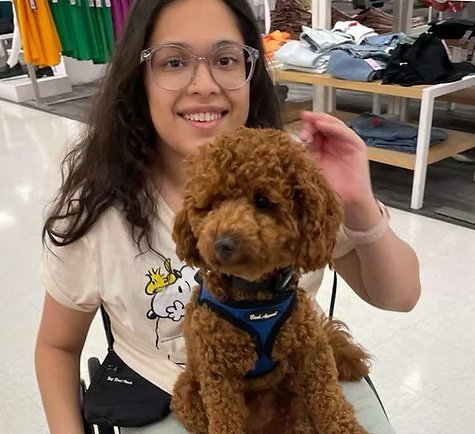
Our Goal: A Gene Therapy for Karima and Others
We’re not just hoping for a miracle — we’re building one.
Karima’s condition, Sialidosis Type 1, has no approved treatments. But cutting-edge science offers a way forward: gene therapy. Gene therapy aims to correct the underlying cause of Sialidosis — a mutation in the NEU1 gene — by delivering a healthy copy of the gene directly into the body’s cells. This could help Karima’s body produce the critical enzyme it’s missing and stop the progression of the disease. For Karima and others like her, this isn’t just promising — it’s urgent.
Phase 1: Discovery & Proof of Concept
Complete: Researchers at UMass Chan Medical School have created a functioning gene therapy vector that works in lab models.
Phase 2: Preclinical Testing (Now)
In Progress: Testing the therapy in animal models to ensure it’s safe and effective.
Need: Funding for toxicity studies, dosing trials, and manufacturing prep.
Phase 3: FDA Clearance for Human Trials
Coming Up: Submit data and secure Investigational New Drug (IND) status.
Need: Support for regulatory submissions, GMP vector production, and clinical trial
planning.
Phase 4: First-in-Human Clinical Trial
Goal: Launch a Phase I/II trial — the first-ever gene therapy trial for Sialidosis Type
Participants like Karima could be among the first to receive it.
Our Collaborators
This is a highly specialized, coordinated effort led by some of the most respected institutions in rare disease research and gene therapy:

UMass Chan Medical School
Lead research institution developing the gene therapy
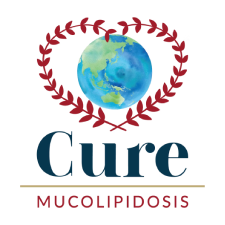
Cure Mucolipidosis
A 501(c)(3) nonprofit driving awareness and funding
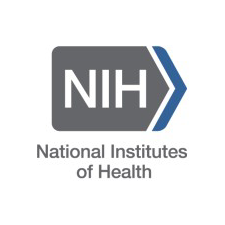
NIH (National Institutes of Health)
– Supporting regulatory guidance and scientific review
Families like ours – Raising the urgent funds to move this from bench to bedside
How Close Are We?
Make a Gift Today
Every dollar brings us closer to launching a clinical trial. Your support helps fund critical preclinical studies, FDA approvals, and first-in-human treatments.
Other Ways You Can Help
Spread the Word
- Share our mission on Instagram, Facebook, LinkedIn, or Twitter.
- Use the hashtag: #Cure4Karima
- Your voice is powerful. One share can lead to one donor who can change everything.
Start Your Own Mini-Campaign
- Turn your birthday, marathon, or special event into a fundraiser.
- Easy to do
- 100% of funds go toward a tax deductible charity focused on gene therapy development
Volunteer or Partner
- Are you a content creator, medical professional, nonprofit, or corporate sponsor who wants to join the mission?
- Email us at: info@curesialidosis.org
- Let’s create something meaningful together.
